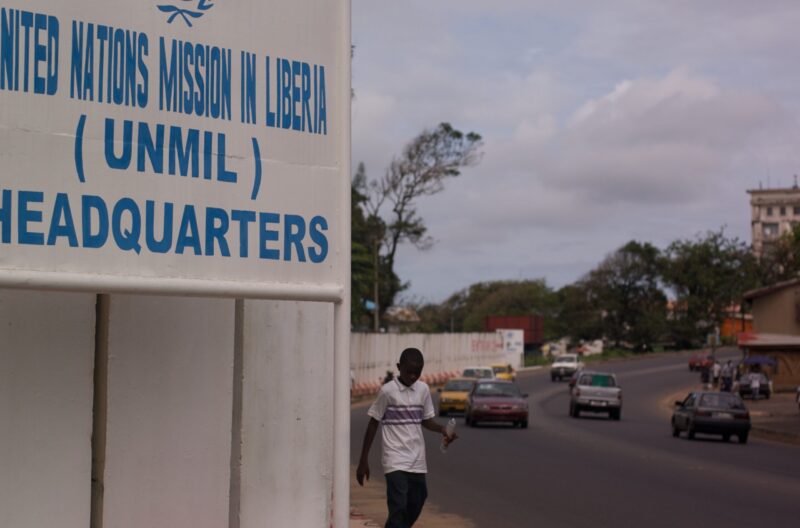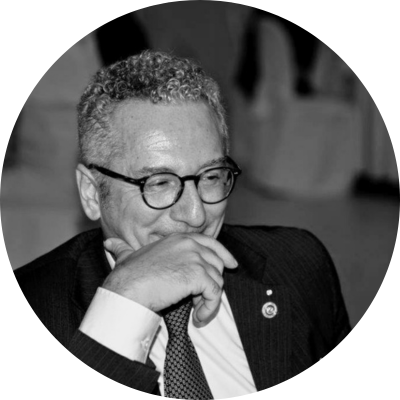
What can be learned from the local turn in international peacebuilding?
As building sustainable peace has proven to be an elusive target in many contexts around the world, the concept of localization has gained traction as a possible solution. Localization, or the local turn, is a concept that has indeed emerged from the critique of the liberal peacebuilding approach, which inspired most peace interventions from the end of the Cold War to the present. This early approach to peacebuilding was criticized for its top-down nature, which did not consider the local context and the consequences of imposing liberal institutions where they never existed. Researchers and practitioners quickly realized the limitations of the approach, which in most cases led to continued violence as it did ultimately not take into account the root causes of the conflict.
In the wake of this criticism, a slow shift in practice has taken place toward greater integration of the “local”. In theory, the local turn recognizes the importance of participation, ownership, and agency by local actors in the implementation of projects. It implies a bottom-up approach and the localization of practices. However, twenty years later, and after extensive research and programming on the local turn, international peacebuilding interventions are still heavily criticized for their lack of consideration of the local. Numerous observers and researchers notably denounce the use of the local turn as a buzzword without real change in the practices.
Yet, to advance the debate and improve practices, it is imperative to weigh this radical criticism considering the lessons that can be learned from the way in which the local turn has been applied so far. Previous attempts and mistakes can serve as an incentive not to repeat the same errors and to take advantage of opportunities for improvement.
The UN intervention in Liberia (UNMIL) is a good example in this regard. It demonstrates both the major advances and the challenges faced by projects that made attempts in this direction. Internationally recognized as a success, this intervention led the country into a period of peace that continues to this day.
To include more local actors, the UN had to implement internal changes in the organization of the mission. The UNMIL applied, in fact, a decentralized model. It managed to deploy in all provinces of Liberia at an early stage through the setting up of County Support Teams (CST) in 2006 and of the Head of Field Office (HoFO) in 2008 in each county. The CSTs were mostly directed by former civilian officers with previous experience in the county. Their mission was to build the administrative capacity of local actors and to ensure a common vision of the priorities between the national and the local level. The specialization of those institutions ensured a context-adapted intervention.
One other major shift was that local actors at the regional level were included in the design of the intervention. Typically, international peacebuilding interventions primarily focus on elites to support their intervention, because they are composed of qualified individuals who are expected to yield power and influence at the local level. In contrast, the local turn favors the involvement of actors from all levels of society to ensure that any grievances and needs remaining after the conflict are recognized. In this regard, UNMIL ensured a concrete involvement of the local population in the peacebuilding process. For instance, in 2009 UNMIL’s Civil Affairs Unit set up local consultations to organize the peacebuilding and reconciliation program. A total of 15 County Consultative Forums were held resulting in the creation of Peace committees at the local level for the mediation of local conflict.
However, the UN intervention in Liberia also had its shortcomings, revealing the challenges of the local turn. In some aspects of the intervention, donor influence and global dynamics took precedence over local ownership: to respond to donors’ demands , international organizations had “to do for” their local partners (in terms of compiling reports, policy papers, and guidelines), instead of “doing with” this work with them. This was mainly due to donors’ emphasis on compliance. Therefore, because the peacebuilding sector is organized around a handful of donors, most of the constraints to local integration come not from practitioners on the ground but from external expectations of timeliness and reporting.
The Liberian example reveals the difficult balance that international actors must strike when working at the local level. However, it also demonstrates the notable progress that has been made in this area. While criticisms of the local turn are relevant when advocating for more regular and meaningful integration of community-based actors, it is also important to recognize the progress that has been made in this regard when developing a new project.
It is essential that practitioners and researchers engage in an exchange of knowledge and ideas to allow for further development in this field and to avoid stagnation with respect to local change. Pursuing existing good practices and avoiding the implementation of ill-conceived strategies will allow for the evolution, or maturation, of the localization agenda across the peacebuilding community.
Cyrielle Trebosc is an MA student at the Johns Hopkins School of Advanced International Studies (SAIS) Europe.
Photo credits: UNMIL, David Sasaki































